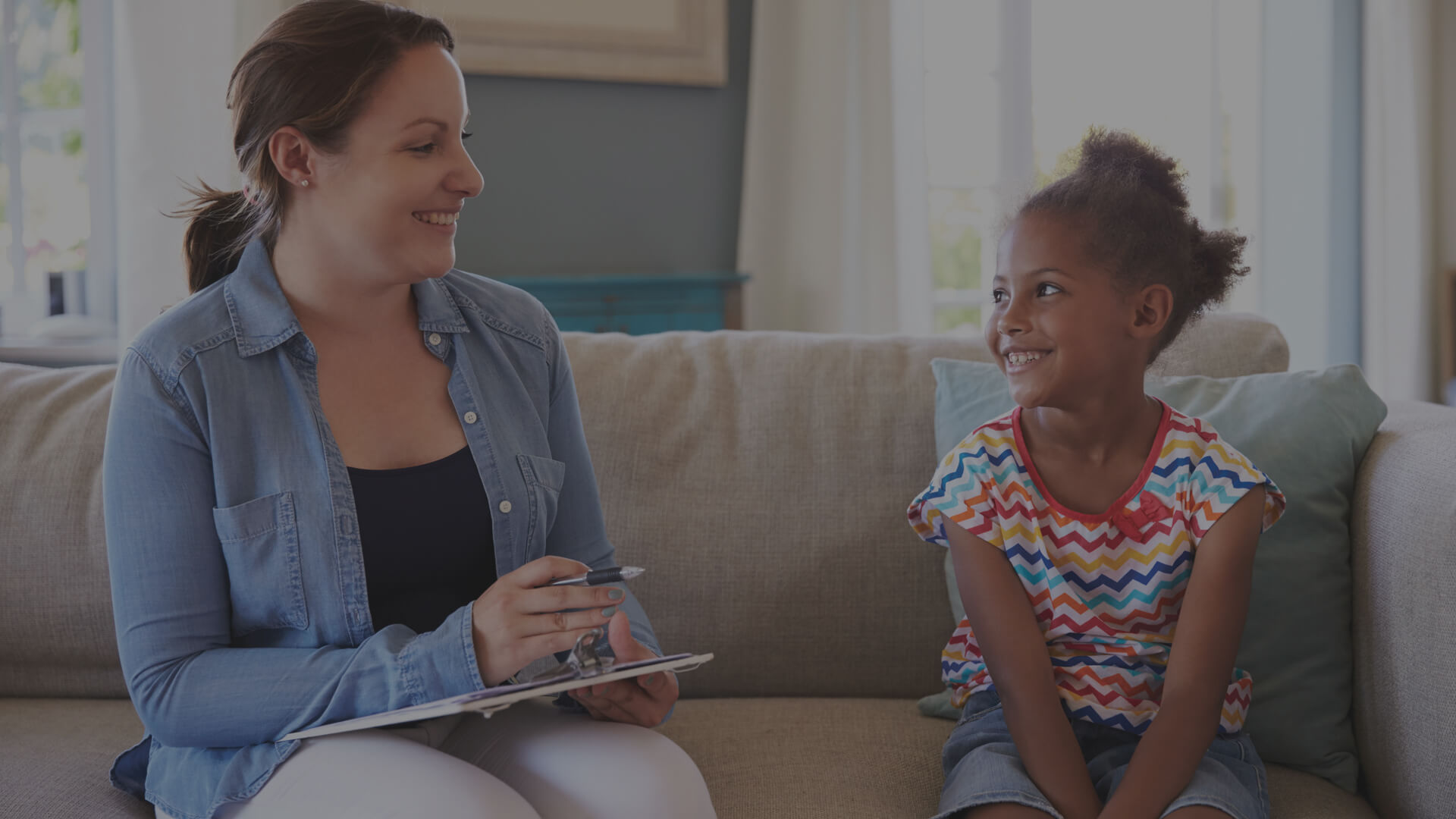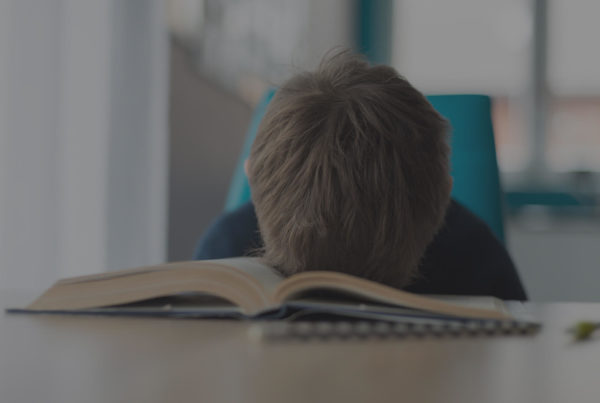 Steven Marans, MSW, Ph.D., is the Harris Professor of Child Psychoanalysis and Professor of Psychiatry at the Child Study Center and Department of Psychiatry at the Yale University School of Medicine. In Part Two of his interview with Healing Magazine contributor Susan Worley, Dr. Marans discusses how the work of the Yale Child Study Center is changing the nature of community response to major traumatic events.
Steven Marans, MSW, Ph.D., is the Harris Professor of Child Psychoanalysis and Professor of Psychiatry at the Child Study Center and Department of Psychiatry at the Yale University School of Medicine. In Part Two of his interview with Healing Magazine contributor Susan Worley, Dr. Marans discusses how the work of the Yale Child Study Center is changing the nature of community response to major traumatic events.
Q: It’s been about 7 years since publication of your earliest research on the Child and Family Traumatic Stress Intervention (CFTSI). Could you bring readers up to date on your use of this intervention?
Dr. Marans: My co-developers, Steve Berkowitz and Carrie Epstein and I have been applying what we’ve learned about CFTSI over the years, and improving it and making it more effective. We also have been training a number of agencies around the country, with a particular focus on child advocacy centers (CACs ). There are about 800 of these centers around the country, which are responsible for forensic evaluations of children in situations involving allegations of physical and/or sexual abuse. These children are suffering from both the original experiences of abuse and the often traumatically dysregulating impact of disclosure – or sharing their story. Many of the folks working in these CACs who conduct forensic interviews see how troubled these kids and their families are around the time of the disclosure. As an early, brief family strengthening intervention, CFTSI has really been quite ideal for this population.
Q: What kind of work are you currently doing with Safe Horizon in New York City?
Dr. Marans: We’ve been working for about ten years with Safe Horizon, which is the largest victims’ organization in country. CFTSI co-developer Carrie Epstein was once the head of their trauma services, and she actually brought CFTSI to Safe Horizon. So we’ve worked very closely with them, both in terms of training and refining the model, and also learning more from the data that they collect as part of the normal course of using standardized instruments as clinical tools.
Q: And this work led to your work with National Children’s Alliance?
Dr. Marans: Yes – it led to the development of an incredibly important relationship with the National Children’s Alliance, the national organization that oversees the nation’s CACs. We’ve worked closely with them in identifying and coordinating training in CFTSI for CAC sites around the country.
With our NCA colleagues, we are involved in a Duke Endowment funded initiative that aims to train CACs across North and South Carolina so that CFTSI is more available to children traumatized by abuse in those states.
Q: Could you also talk a little about your efforts toward developing a centralized information collection system?
Dr. Marans: One of the things that is so wonderful about CFTSI is that we use standardized measures as clinical tools not because of their research value but because of clinical value – in helping kids and caregivers better organize and articulate details of their personal post-traumatic experiences, of their own observations of symptoms. The key of facets of trauma experience – a loss of control, helplessness, and dysregulation and subsequent emotional, behavioral, cognitive and physical symptoms – are good reasons for taking a very structured approach to trauma, particularly during the peri-traumatic phase. My colleagues, Hilary Hahn and Frank Putnam have developedCFTSI Site Sustainability System– a computer program that allows clinicians who have been trained in CFTSI, and their agencies, to submit the clinical information that they are collecting as part of the clinical work of CFTSI into a centralized data bank. This data set provides feedback to individual clinicians about the status of their patients and how they are progressing, and also allows agencies to evaluate the impact and success of CFTSI in helping children recover and in determining need for further clinical care. The data is also useful for some agencies that are seeking funding—it explains the work they are doing and describes outcomes.
This has been quite a major achievement, and it is a very different way of evaluating the efficacy of an intervention. The traditional randomized controlled trial model still has enormous value, but unfortunately there is a dearth of funding for those kinds of studies. Our open trial approach – collecting a lot of information on a lot of patients– allows us to take a real-world setting approach to looking at efficacy of the CFTSI model.
Q: You’ve made some adaptations to CFTSI for special populations, correct?
Dr. Marans: One of the other major initiatives that grew out of our work with Safe Horizon was our adaptation of CFTSI for children in foster care. It started with the recognition that so many of the kids being seen in the Safe Horizon CACs and elsewhere were kids who were already in out-of-home placements as a result of allegations or findings of sexual and/or physical abuse and neglect. As my colleague pointed out: here we were doing an evidence-based treatment that is based on a relationship between a child and parent, but in foster care situations parent and child are in ‘instant relationships’—devoid of real familiarity or continuity. These situations often founder after a traumatic experience because the very symptomatology and struggles the child plays out or demonstrates in the foster-care home so often leads to disruptions in the placement. And the last thing a child needs after a traumatic event is to cope with multiple placements.
Our CFTSI modifications for foster care approach the reality of this “instant relationship” by offering a structured approach to helping build a connection based on a genuinely better understanding of what the child is experiencing by both the child and foster care parents.
Q: Have you made other adaptations of CFTSI?
Dr. Marans: Yes. We recognized we needed to modify or adapt CFTSI for a younger child population, so we developed a Young Child version of CFTSI for children 3 to 6 years old. We are currently piloting this version, and training people to use it, and we are looking at results as they emerge.
Also, after designing a number of protocols for clinicians and police officers responding to acute trauma, we’ve taken what we’ve learned and we have worked with the International Association of Chiefs of Police and US Dept of Justice to disseminate what we have learned to law enforcement agencies across the country. With funding support from the Justice Department, we developed a toolkit entitled Enhancing Police Responses to Children Exposed to Violence, and an available two-day training for interested police agencies. The toolkit provides a range of practical approaches that officers can use, with or without the presence of mental health professionals, when responding to calls for service involving children and families who have been involved in violence and other catastrophic events. Our aim is to make the toolkit available to law enforcement professionals throughout the country.
Q: Many of Healing Magazine’s readers are clinicians. Do you have some general advice for them regarding the treatment of children who have experienced traumatic events?
Dr. Marans: I would emphasize the importance of trauma-specific training for clinicians treating children who have been exposed to traumatic events. In situations that are most horrific, all of us as human beings have a natural abhorrence and rejection of the experience of being helpless. A very natural inclination, in response to our upset, is the wish to become active , to make things better, to offer ourselves up as a way of not only dealing with our desire to help our fellow human beings but also as a way of attempting to master our own upset.
For example, in the aftermath of mass casualty events there is a wonderful demonstration of kindness, and sincere appreciation for the suffering of others, and behavioral health professionals have often volunteered services and even travel to be of assistance to affected communities. I’m not suggesting that is a bad thing, but it often is carried out by people who may be very invested and mean well, but who often have little experience in treating acute trauma.
So our job really has been to take what we’ve learned, and as quickly as we can, help to strengthen and support the local resources within a community – and, when they don’t exist, to help a community build them. Of course whenever possible, we see families and children directly in our clinic, but our primary aim is often to share our experience and knowledge about best practices that can be employed by different sectors of the community – whether it is with the hospital-based health care providers, or the broader community of primary health care providers, including those in family practice and pediatrics and internal medicine, police agencies and local community and political leadership.
Our aim is always to help communities consider how they can be most effective in dealing with traumatically impacted a children and families in the days and months following a tragic, overwhelming event.
For more information about CFTSI and the work of the Yale Child Study center, visit http://childstudycenter.yale.edu/clinics/trauma.aspx






